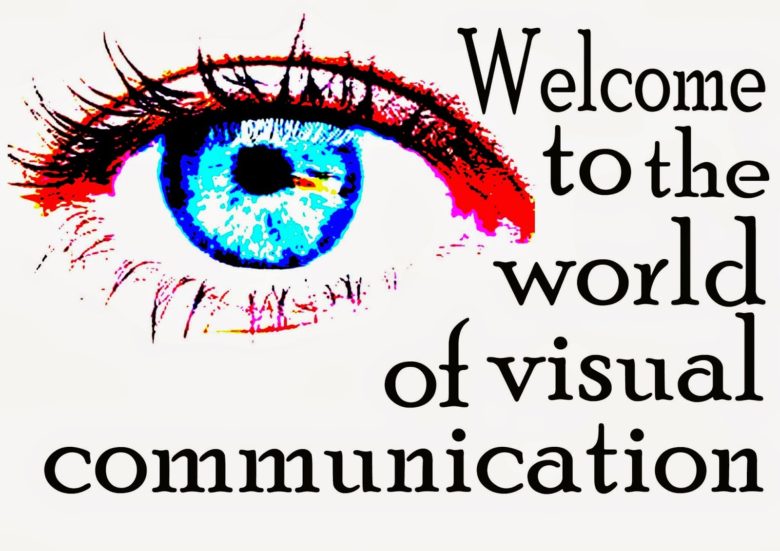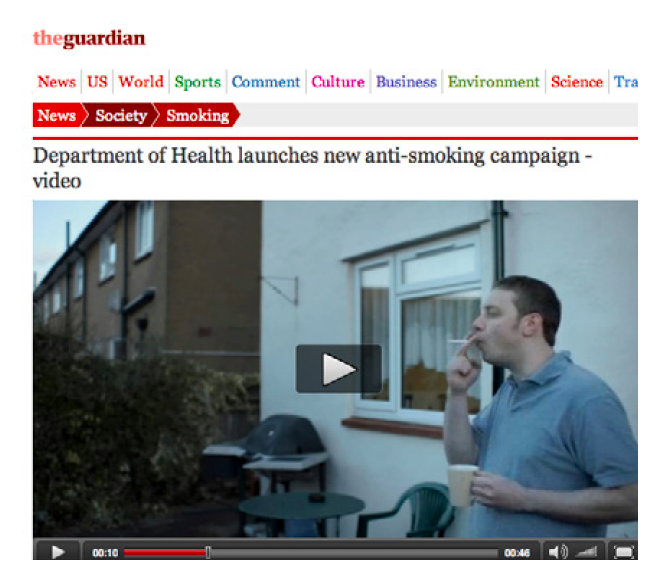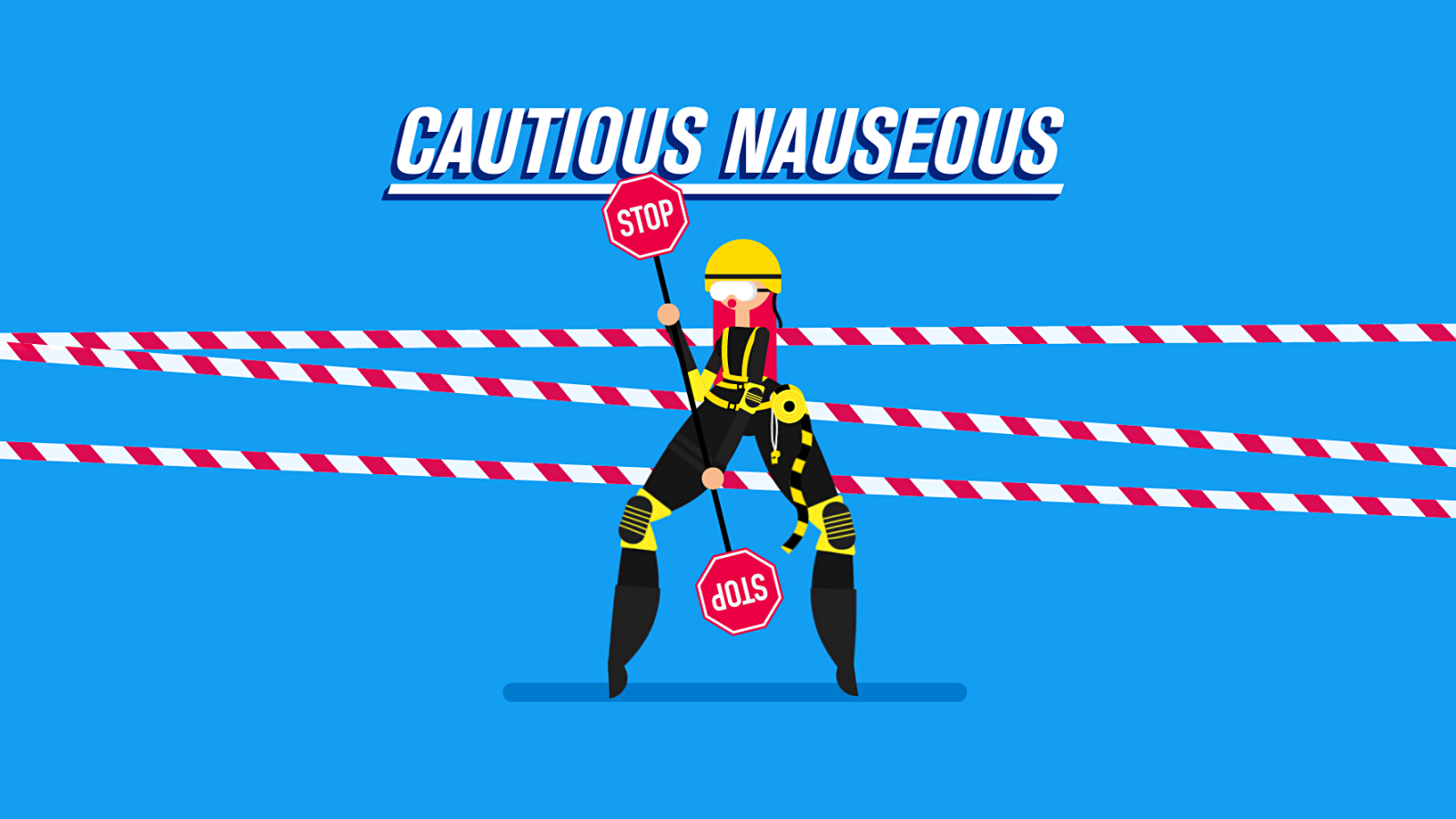Reason to Change
We mostly think that we can bring about change by relying on people’s reason. But as social psychologist Jonathan Haidt wrote in The Righteous Mind, “Anyone who values truth should stop worshipping reason.”
This is an edited excerpt of an article from thewholestory
For decades, economists assumed that human beings were reasonable actors, operating in a rational world. When people made mistakes in free markets, rational behavior would, it was assumed, generally prevail. Then, in the 1970s, psychologists like Daniel Kahneman began to challenge those assumptions. Their experiments showed that humans are subject to all manner of biases and illusions.
“We are influenced by completely automatic things that we have no control over, and we don’t know we’re doing it,” as Kahneman put it. The good news was that these irrational behaviors are also highly predictable. So economists have gradually adjusted their models to account for these systematic human quirks.
Campaigners instinctively understand certain things about human psychology: we know how to grab the brain’s attention and stimulate fear, sadness or anger. We can summon outrage in five words or less. We value the ancient power of storytelling, and we get that good stories require conflict, characters and scene. But in the present era of tribalism, it feels like we’ve reached our collective limitations.
So our collective challenge in changing hearts and minds is: how can we avoid reinforcing the polarization of attitudes? How can we constructively use the conflict between opposing sides, to advance the debate and not entrench existing attitudes?
The lesson for anyone working amidst intractable conflict: complicate the narrative. First, complexity leads to a fuller, more accurate story. Secondly, it boosts the odds that your work will matter — particularly if it is about a polarizing issue. When people encounter complexity, they become more curious and less closed off to new information. They listen, in other words.
There are many ways to complicate the narrative, as described in detail under the six strategies below. But the main idea is to feature nuance, contradiction and ambiguity wherever you can find it. This does not mean calling advocates for both sides and quoting both; that is simplicity, and it usually backfires in the midst of conflict. “Just providing the other side will only move people further away,” says social psychologist Peter T. Coleman in his book The Five Percent. Nor does it mean creating a moral equivalence between neo-Nazis and their opponents. That is just simplicity in a cheap suit. Complicating the narrative means finding and including the details that don’t fit the narrative — on purpose.
The idea is to revive complexity in a time of false simplicity. “The problem with stereotypes is not that they are untrue but that they are incomplete,” novelist Chimamanda Ngozi Adichie says in her mesmerizing TED Talk “A Single Story.” t’s impossible to engage properly with a place or a person without engaging with all of the stories of that place and that person.”
As researchers have established in hundreds of experiments over the past half-century, the way to counter the kind of tribal prejudice we are seeing is to expose people to the other tribe or new information in ways they can accept. When conflict is cliché, complexity is breaking news.
As LGBTI activists, we are often drawn to simplify the stories. First because we need to mobilise our supporters. And mobilisation requires to be simple, sharp, action-focused. Secondly because we are drenched in attacks from our opponents, which are all but simplified, if not simplistic; so we react by doing the same. Thirdly, because simplifying helps us to make sense of a world that often just looks too absurd to grasp.
But if we want to have a deep and wide impact at changing attitudes, bringing complexity back into the debate might be a non-negotiable parameter.





















1. Capture the message and spirit of your event
2. Use a variety of shots, media and platforms to showcase the full story of your action.
3. Some basic equipment can help.
4. Be Safe!
5. Encourage everyone to share their experience.